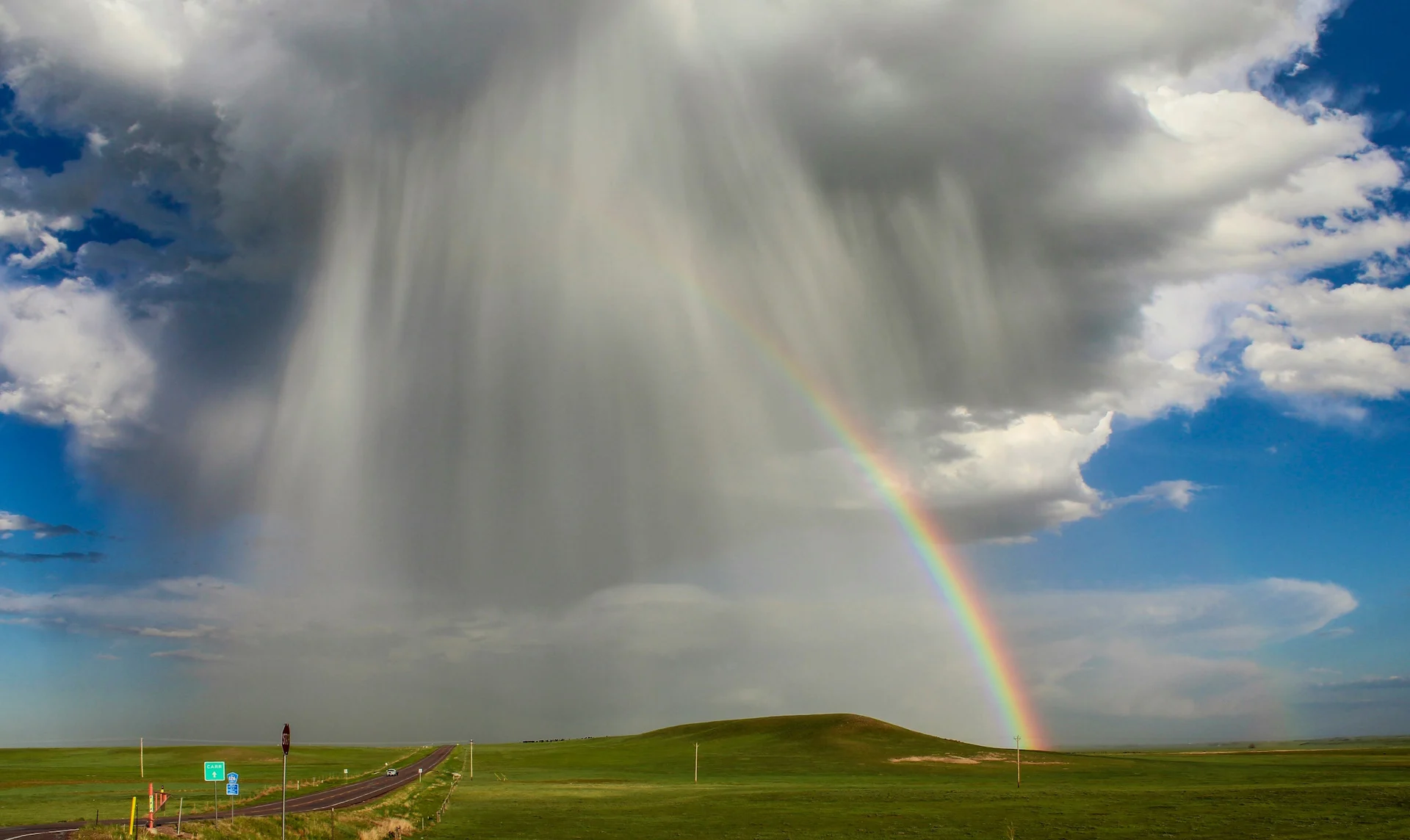
Drought over for parts of the Prairies following May showers
An active May on the Prairies has significantly improved the region's drought conditions as we head into the summer season.
After the 2023 wildfire season across Canada, many Canadians were left worrying about how the 2024 season would play out. A dry fall and low snowpack levels in Western Canada over the winter left officials preparing for the worst as the region’s long-term drought seemed to only worsen.
By the end of April, the drought situation still wasn’t looking any better, with severe to exceptional drought levels dominating the region.
CANADA'S WILDFIRES: Visit The Weather Network's wildfire hub to keep up with the latest on the wildfire season across Canada.
Another month later, and we are happy to say that a rainy May across the Prairies has significantly improved drought conditions in southern portions of the region!

In the latest Canadian drought monitor update, there has been enough spring rainfall over the Prairies to drastically improve, and in some areas completely remove, drought conditions.
The most notable drought improvements are around Fort McMurray, Alta., southern Alberta and Saskatchewan, as well as across most of Manitoba, where drought conditions have been completely removed.
Adding to the good news, central Alberta is no longer in the grips of exceptional drought conditions, with it improving by two to three levels.

An active May
According to the old saying, we’ve come to expect April to be the month of active weather patterns. However, this year May stepped up and held the Prairies in a soggy hold for the month. With several active systems tracking through the Prairies, almost every major city across the provinces recorded above-average precipitation in May.
The most notable rainfall event happened early in the month, when over 70 mm of rain fell over southern Alberta and Saskatchewan. On May 7, Medicine Hat, Alta., recorded 73.3mm of rainfall. In total, the city received 127.6 mm of rain in May. Other major cities on the Prairies, such as Edmonton, Alta., Calgary, Alta., and Regina, Sask., all recorded rainfall totals ranging between 52 and 62 mm. Winnipeg, Man., also recorded a drenching 114.7 mm of total rainfall for the month of May.

The heavy rain did cause a slight delay in seeding for some farmers, as there were reports of standing water in fields. But, overall, the rain greatly benefited everyone, as farmers in southern Alberta and Saskatchewan will no longer have to battle drought for the time being, and folks can worry less about the wildfire risk in the area.
Still some concerns
With this good news, it’s important to not overlook the parts of Western Canada that are still in the throes of extreme drought.
While southern parts of the Prairies have been getting all of the rain, southern parts of the Northwest Territories, as well as northern British Columbia and Alberta, have been left high and dry. Drought conditions in these areas are still a major concern, especially as they already had to battle destructive wildfires this season.
Stay with The Weather Network for more weather information and updates across the Prairies.
Header image courtesy of NOAA.










